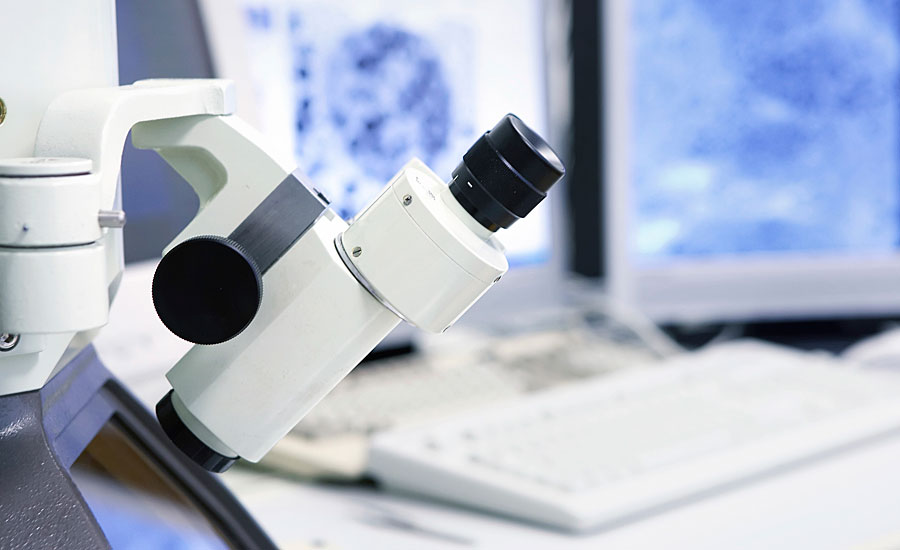New Lux Research Report Dives into the Future of Lab Research

BOSTON - Momentum for digital technologies in lab research is growing and was further accelerated by the COVID-19 pandemic, causing teams to rapidly adopt digital tools and rethink their current processes, according to new data from Lux Research, a leading provider of tech-enabled research and innovation advisory services.
While innovation and R&D consist of many activities, Lux's new report, "The Lab of the Future," specifically dives deeper into lab research and takes a fresh look at where the key digital developments are occurring. These digital solutions come at a time when industries that make heavy use of lab research, such as chemicals and pharmaceuticals, continue to face declining productivity on top of new challenges like rising costs, environmental factors, long development cycles, and information overload.
Visions for the lab of the future have evolved over the past few decades, and while individual instruments and processes have benefited from digital tools like automation and analytics, lab research has changed far less than many would have predicted. However, with an increasingly broad and powerful digital toolkit that includes tools like artificial intelligence (AI), robotics, and Internet of Things (IoT) sensors, the lab of the future — one that is significantly more automated, efficient and effective — may be closer to reality. After an initial wave of hype and activity in the late 1990s, innovation interest in applying digital tools to the lab plateaued for nearly a decade. However, starting around 2013, there has been a steady growth in innovation interest, showing that the space may be in a phase where it could lead to a significant impact.
While there are many digital use-cases and technologies available to enhance lab research, they fall into three broad categories:
- Modeling and Informatics – Using modeling and informatics tools like machine learning to accelerate the development and discovery process. Example: Using machine learning to model and predict polymer properties to shorten the overall polymer design time.
- Knowledge Management – Systematically capturing, analyzing, and distributing knowledge throughout an R&D organization. Example: Using natural language processing to sift through the published literature to identify efficient reaction pathways.
- Lab Automation – Automating physical experimentation through robotics as well as data collection and lab management through IoT and connected sensors. Example: Using robotics to enable high-throughput testing and screening of materials.
"While each category has its own defining features, there is overlap and synergy between the categories," explained Cole McCollum, Analyst at Lux Research and lead author of the report. "For example, lab automation can be used to collect experimental data, which can then be fed into informatics systems to ultimately generate knowledge."
Download the executive summary of the report to learn more.Looking for a reprint of this article?
From high-res PDFs to custom plaques, order your copy today!







